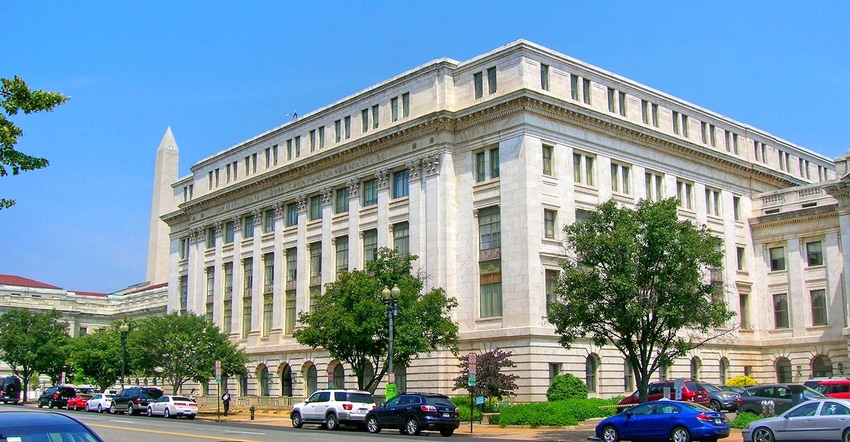
Robert Bonnie, former Under-Secretary at USDA, along with Leslie Jones, former Deputy Undersecretary at USDA, and Meryl Harrell, former Senior Advisor to the Under Secretary for Natural Resources and the Environment issued a Transition Memo as part of the CLIMATE 21 PROJECT for American farmers last November (read the full memo here).
Ms. Jones has a terrific agriculture background, attending the College of the Atlantic, then on to Vermont Law School and then became General Counsel at the Wilderness Society. Ms. Jones then went on to become a key person at the Environmental Defense Fund (EDF) leading the Working Lands program. Ms. Harrell attended Princeton and received her law degree from Yale.
Timeline for climate policies
Together these individuals steeped in agriculture policy and experience have developed climate change plans for you. One is Appendix B which is a High-Level Timeline in their transition plan at USDA.
On Day one in the Biden Administration, Secretary Tom Vilsack (assuming he is confirmed) is to issue an order signaling climate change is a “top priority” of the USDA. Moreover, the USDA Climate Change Program Office will be moved into the Office of the Secretary.
On Day one, USDA is to work immediately with OMB and Congress “…to increase funding for USDA Climate Hubs…” in the FY budget and beyond.
On Day one USDA is to identify priority hires on climate change for USDA.
A report will examine the Trump Administration removal of the NRCS from the Natural Resources and Environment Office.
The Secretary is to issue an order requiring the Forest Service Chief to sign off all roadless projects in Alaska and plan a different “direction” for the Tongass National Forest. (seventeen million acres of national forest in Alaska).
The new Secretary on Day one will “Address equity and morale by sending a clear message to USDA staff about the new administration’s appreciation for civil servants and commitment to the principles of justice, equity, diversity, inclusion and accessibility.”
Carbon bank coming
In the first 100 days of Mr. Vilsack’s tenure he must “Announce intent to create a carbon bank using the Commodity Credit Corporation to finance large- scale climate smart agriculture and forestry.” Within the first 100 days, Mr. Vilsack is to announce an effort “…to fund climate-smart practices through USDA conservation programs.” Also, he is to “Consider announcing a general sign-up under the Conservation Reserve Program.”
Within 180 days, the Secretary is to “Request a report from USDA’s Risk Management Agency on potential to incentivize climate-smart agriculture through the crop insurance program.” Really important in the first 180 days, is to “to advance smart-grid technology, ask RD (Rural Development) to develop a plan to combine broadband investments with efforts to expand smart grids in rural areas.”
There are several other reports required but one interesting requirement in the first 100 days is to “Re-engage with international climate diplomacy through forest service and foreign agricultural service, including by conducting foreign visits, welcoming foreign visitors, [and] sending cables to overseas foreign-based staff.”
For the remainder of 2021 there are some interesting actions planned. They [USDA staff] are to work with Congress on more forest service funding, develop rural energy for America, continue investment in wood energy and biofuels, work with Congress to fund and expand advanced research for agriculture, and of course, work with Congress to expand funding for forest service and NRCS evaluating climate change. Miscellaneous recommendations in the transition memo are more specific. The Secretary must evaluate how climate change will impact food security. Renewable fuels are also a critical issue in agriculture, and the Secretary is going to examine the GHG footprint of ethanol and other renewables.
The prior administration attempted to make some sense out of the National Environmental Policy Act (NEPA). Early attention will be paid by the Secretary to evaluate any recent decision regarding new NEPA rules and the “new direction” that needs to be taken.
The 21-page transition memo should be reviewed by anyone involved in forestry, farming, or ranching.
The opinions of the author are not necessarily those of Farm Futures or Farm Progress.
Read more about:
ClimateAbout the Author(s)
You May Also Like




